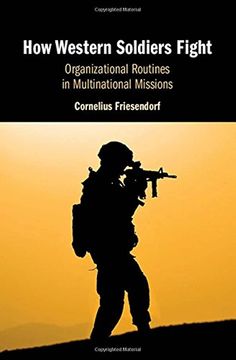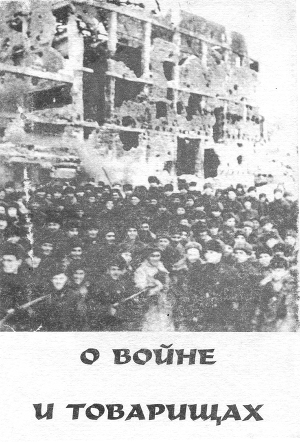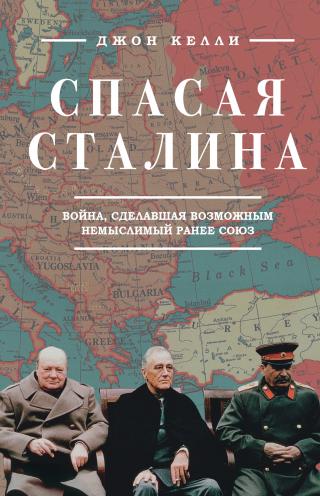
Аннотация
In contemporary missions, soldiers often face unconventional opponents rather than enemy armies. How do Western soldiers deal with war criminals, rioters, or insurgents? What explains differences in behavior across military organizations in multinational missions? How does military conduct impact local populations? Comparing troops from the United States, Britain, Germany, and Italy at three sites of intervention (Bosnia, Kosovo, and Afghanistan), this book shows that militaries in the field apply idiosyncratic organizational routines. Friesendorf uses the concept of routines to explain, for example, why US soldiers are trigger-happy, why British soldiers patrol on foot, and why German soldiers avoid risk. Despite convergence in military structures and practices, militaries continue to fight differently, often with much autonomy. This bottom-up perspective focuses on different routines at the level of operations and tactics, thus contributing to a better understanding of the implementation of military missions, and highlighting failures of Western militaries to protect civilians.





![Великая Отечественная не закончилась в 1945 году. Наоборот – после Победы идеологическая война против СССР и Красной Армии вспыхнула с новой силой и продолжается... Клевета на Победу [Как оболгали Красную Армию-освободительницу]](https://www.rulit.me/data/programs/images/kleveta-na-pobedu-kak-obolgali-krasnuyu-armiyu-osvoboditelni_402209.jpg)
![Правда ли, что небывалое ожесточение Сталинградской битвы объясняется не столько военными, сколько идеологическими причинами и что, не будь город назван именем... Неизвестный Сталинград. Как перевирают историю [= Мифы и правда о Сталинграде]](https://www.rulit.me/data/programs/images/neizvestnyj-stalingrad-kak-perevirayut-istoriyu_295023.jpg)


![Задачей настоящего издания является последовательное изложение фактов о преступлениях против личности, нарушениях гражданских прав и свобод, совершенных в ходе... Массовые нарушения прав человека в ходе гражданского противостояния на Украине [22 февраля – 22 мая 2014 года]](https://www.rulit.me/data/programs/images/massovye-narusheniya-prav-cheloveka-v-hode-grazhdanskogo-pro_350903.jpg)

Комментарии к книге "How Western Soldiers Fight. Organizational Routines in Multinational Missions"